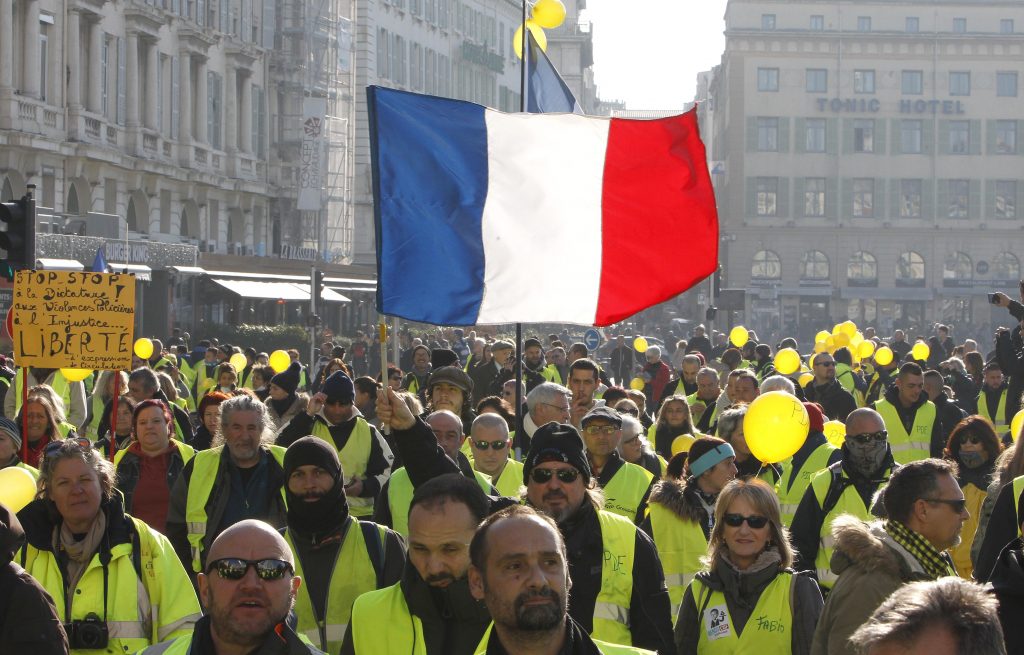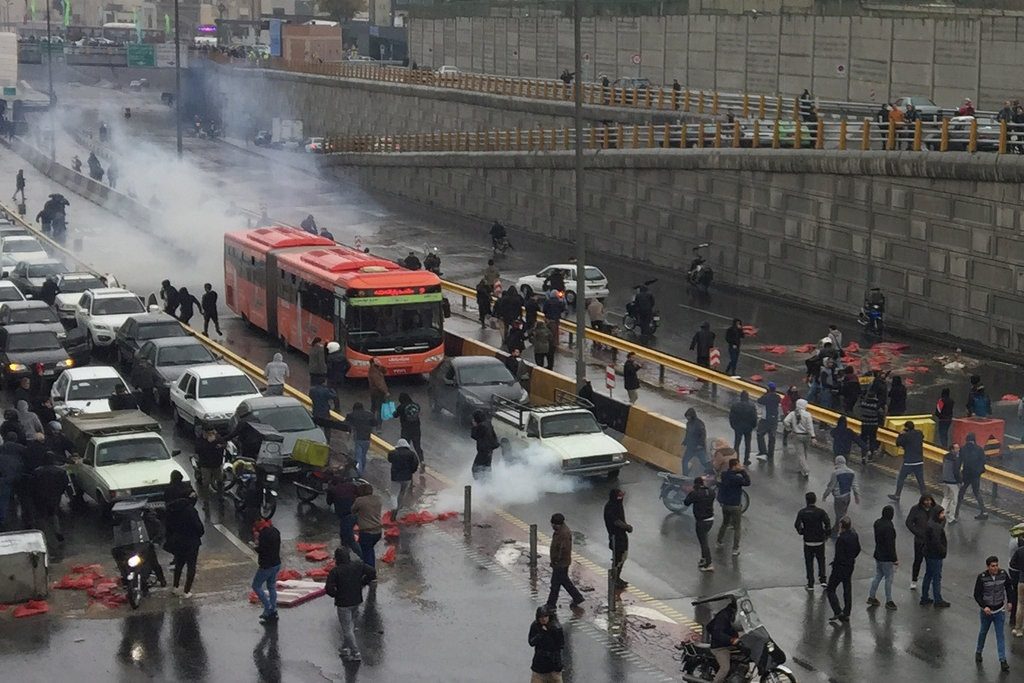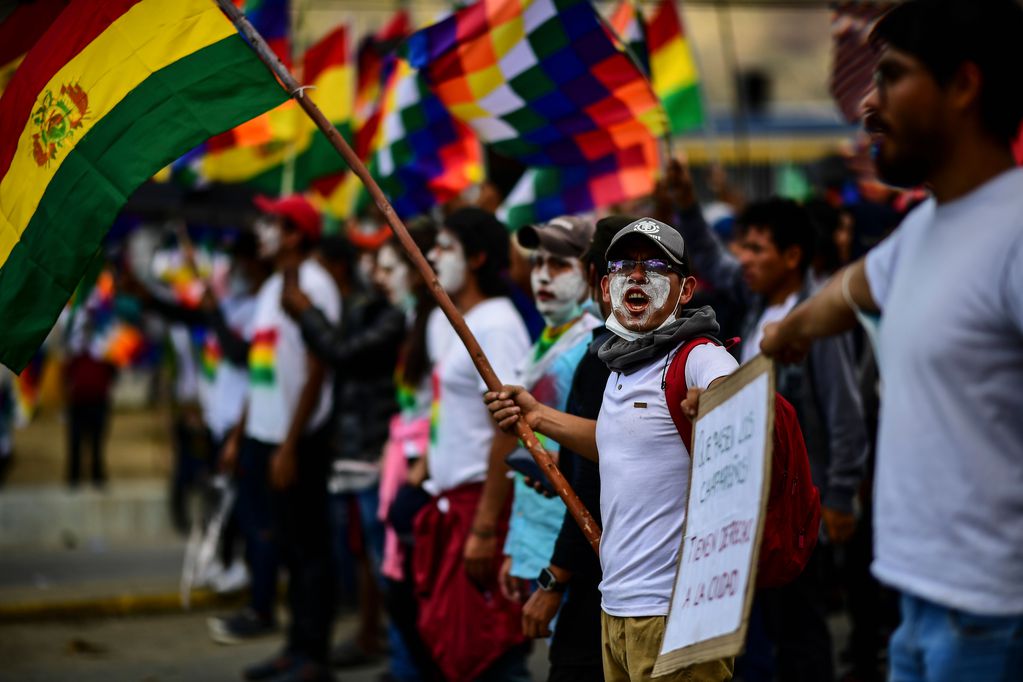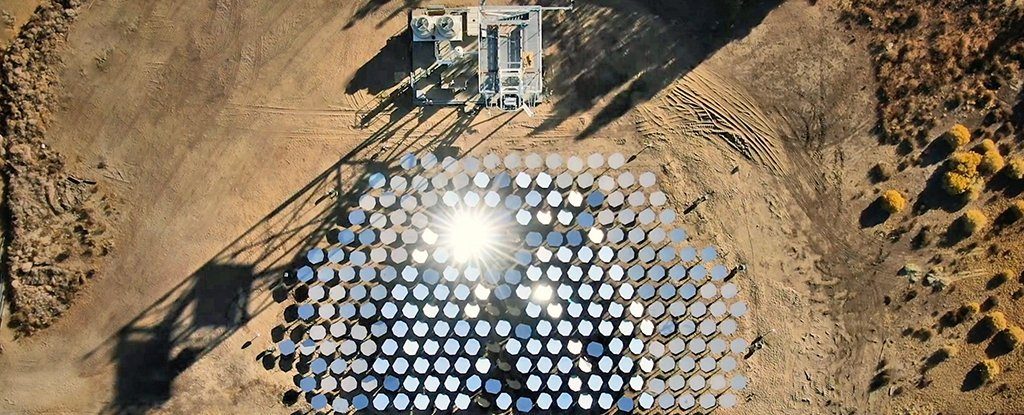“Any sufficiently advanced technology is indistinguishable from magic.”
Arthur C. Clarke
1. Close Encounters of the Cryogenic Kind
When I was at school, I remember hearing a rumour that Walt Disney had frozen himself before his death and was waiting to be thawed out once society had advanced enough. Thus began my introduction to cryonics – the “science” of preserving human beings by freezing them. The practical aspect of the theory is somehow even more disconcerting; a body can only be successfully frozen AFTER death. (In the US, at least 250 corpses have been cryopreserved since 1966. They are now basically chilly mummies hoping for a future resurrection.)

The secret of immortality is just to chill?
The field has been regarded with scepticism since Robert Ettinger proposed it in The Prospect of Immortality. Doctors have however found a possible application in the medical field.
At the Maryland School of Medicine, patients suffering from severely traumatic injuries have been placed in suspended animation and then woken up. The procedure is called emergency preservation resuscitation and involves replacing the patient’s blood with an ice-cold saline solution. The body is rapidly cooled to between 10-15 °C. Normally, depriving the brain of oxygen for 5 minutes is enough to cause irreversible damage or death. By cooling the body, the brain and other organs can last for much longer before suffering damage, giving doctors more time to treat life-threatening wounds. In Maryland the doctors were able to “freeze” a patient (the heart had stopped and brain activity was barely able to be recorded), treat the injuries, and successfully perform the resuscitation.
Now this could be a huge breakthrough for trauma wards, but the possibilities for further cryonics are even more exciting. People suffering from cancer and other currently untreatable diseases could be frozen until a treatment is found. Long term space exploration could also become a viable possibility: by placing themselves in suspended animation, astronauts could survive the long journeys between the stars. (And by long I mean long, with our current technology, a journey to the nearest star system would take between 1,000 and 80,000 years.)
Further Reading: (Independent; Science Alert)
2. Protest Season
The protests in Hong Kong have dominated the news cycle for months, but the small island off the coast of China is not the only area experience massive unrest. A revolutionary wind is blowing through many countries, and people are taking to the streets to protest for their rights. Here’s a brief overview of the current situation:
Hong Kong
5 months ago, the local government of Hong Kong attempted to pass the infamous extradition bill – a piece of legislation which would allow Hong Kong citizens to be tried on the mainland by the central Chinese government. One step too far for the citizens of Hong Kong, who have long chafed under Beijing’s rule. While the extradition bill has finally been tabled, the reaction from the authorities and particularly the police has only served to inflame dissent. The latest rounds of protests have seen escalating violence from both police and activists.
Lebanon
The people of Beirut have been revolting since October 17, when the government proposed harsh new taxes. The protests quickly evolved into a movement against Lebanon’s post-war rulers and the entire political system. (In Lebanon, political power is divided between different religious and ethnic groups.) Activists claim that the political elite is trying to distance themselves from the common people, a notion reinforced by government hosting an invite-only parade on Independence Day instead of the normal celebrations.

France
This week saw the one-year anniversary of the yellow vest movement in France. On 17.11.2018, millions took to the streets wearing yellow safety vests to protest President Emmanuel Macron’s new fuel tax and the general high cost of living. Every weekend, the mouvement des gilets jaunes, consisting primarily of members of the working class, gathered to protest the increasing taxation of the lower- and middle-class French citizens. While the mass demonstrations have scaled down in both size and violence, there are still those calling for the resignation of Macron’s government and the end to austerity measures.

Iran
While Iranians have been striking and protesting against the current political situation since April 2018, the demonstrations took on a new dimension entirely when fuel prices surged. Tens of thousands had had enough of the oppressive rule of Supreme Leader Ali Khamenei and took to the streets in a series of violent rioting. The government crackdown was brutal and quick – thousands have been arrested and the internet has been effectively shut down in the entire country. According to Amnesty International, at least 100 people have already been killed.

Bolivia
The winds of change have been blowing most strongly in South and Central America. The Bolivian president Evo Morales was always one to bend the constitutional rules. After reaching his legally restricted third term in office, Morales tried to change the constitution through a referendum. When the referendum failed, he secured a court ruling allowing him to run again anyway. After an election riddled with irregularities (and possibly outright fraud), Morales declared a landslide victory. This did not go down well with the Bolivian people. Together with the military and the police, Morales was finally forced to resign.

Nicaragua
In Nicaragua, the people have been protesting against the social reforms of President Daniel Ortega since April 18th 2018. After nearly 30 people were killed, Ortega cancelled the planned reform. But the protests didn’t stop, even when Ortega declared political demonstrations to be illegal on 29 September 2018. The government has resorted to escalating authoritarian methods – revoking the licenses of human rights organizations and confiscating unfriendly media such as newspapers and broadcasters. Accusations of torture and illegal executions have been rampant and between 325 and 568 people have been killed.

Columbia
Columbians have had enough of President Ivan Duque: his approval ratings had sunk to 26 %, and his proposal to cut pensions was the straw that broke the camel’s back. In Bogota, thousands marched through the streets protesting against his violent regime. A second point of contention has been the slow roll-out of the 2016 peace treaty with the leftist Revolutionary Armed Forces of Colombia. This accord ended five years of civil war that killed 260,000 people. The protests have been mostly peaceful, but many indigenous leaders fear being illegally tried and executed.
Chile
As the protests in Chile enter their fifth week, the death toll rises to 23. Chileans have been protesting social and economic equality since October 18, raging against a political elite consisting of a small number of wealthy families. While the demonstrations have shaken the capital of Santiago to its core, similar unrest has gripped many cities throughout the country. Rioting and looting have become commonplace; a proposed new constitution has done little to calm the violence.
Further Reading: (Spiegel; RTE News)
3. Solar Heating
Every aspect of our day to day lives requires energy. Until now, mankind has scraped by on fossil fuels – coal, oil, and natural gas. But this has to stop. Even ignoring pollution and damage to the climate and ecosystems, fossil fuels are a finite resource. A resource which is rapidly depleting. Renewable sources of energy are therefore the only long-term possibilities. Unfortunately, wind and water cannot be also be effectively utilized. Nuclear power is another option, but unfortunately not without its own risks. There is however another option….
“I am a big proponent of harnessing the power of fusion — from 93 million miles away. Fusion is done by our sun really, really well and for free.”
Joe Romm
Solar power! Harnessing the power of the sun is not as easy one would think. At the moment, photovoltaic cells are very costly and not particularly energy efficient when viewed throughout their entire life span. A lesser known application of solar power is possibly more effective. By using mirrors to focus the sun’s rays, it is possible to generate huge amounts of heat. A company named Heliogen claims that it has created a “solar oven” capable of generating a temperature of over 1,000 ° C, almost double what was previously available commercially.

Why is this relevant?
When we think of power, we think of energy in the form of electricity. But the fact is, electricity accounts for only 25% of our total energy needs. More often, we need energy in the form of heat. Smelting, cooking, and transportation are just some of the processes which require immense amounts of heat. Being able to use the sun to purify steel, for example, would save enormous amounts of electricity each year.
A further application is the creation of other fuels. Both hydrogen and syngas are carbon neutral fuels which can only be generated at high temperatures. These two gases could be used to replace many of our current fossil fuels.
While it is a great idea, it still faces many of the problems that solar energy currently faces, particularly the storage on energy for (literal) rainy days.
Further Reading: (Science Alert)
